The liturgical cope is a vestment worn by priests in celebrations that take place outside of Mass or outside of the church itself.
In fact, during Mass the celebrant only wears the chasuble. The liturgical cope is instead used in processions, Eucharist benedictions, vespers and solemn praise, consistories for the creation of new cardinals, and many other occasions.
The liturgical cope is a large cloak (when opened it is a semicircle with a 1.4m-1.6m radius), which almost reaches the feet and is open at the front. It is held together on the chest by a clip called ‘razionale’. Its origin is secular and derives its name from a raincoat, as its Italian name suggests (Italian: ‘piviale’ from Latin: ‘pluvialis’), and for this reason there is a little hood, the so-called rear ‘shield’.
The liturgical cope is worn after the stole on top of the surplice or the alb. It can be many colours, according to the celebration that it’s being used for and the liturgical calendar: white or purple for Requiem Mass and services for the deceased, red for Votive Mass, green for Sundays and ordinary holidays, and blue is particularly used for celebrations in honour of Mary in Spain and South America.
As a garment intended for solemn occasions, it is always decorated with rich embroidery and is embellished with hems and precious ornaments. Before the Second Vatican Council and its reforms, the liturgical cope was not only worn by priests and bishops, but also by members of the minor clergy. In particular, the psalmist who sang the beginning of the psalms at Vespers could wear the cope.
The cope was also worn for the solemn blessing of the altar, the acquittal of the coffin or the tomb, Good Friday prayers and the Easter Vigil. The priest at the Pontifical Mass or his assistant could also wear it.

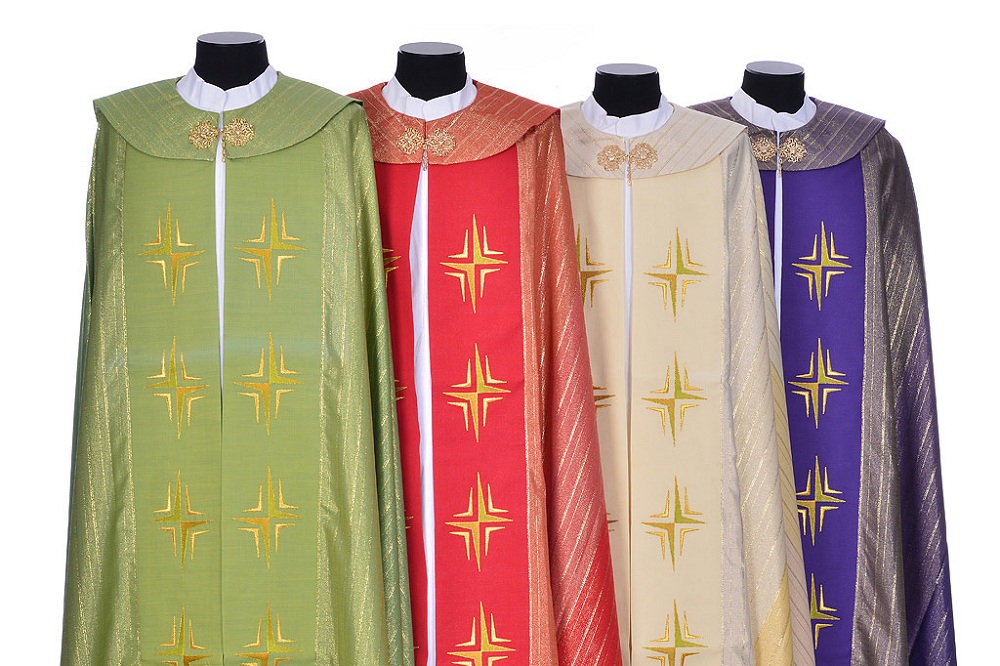
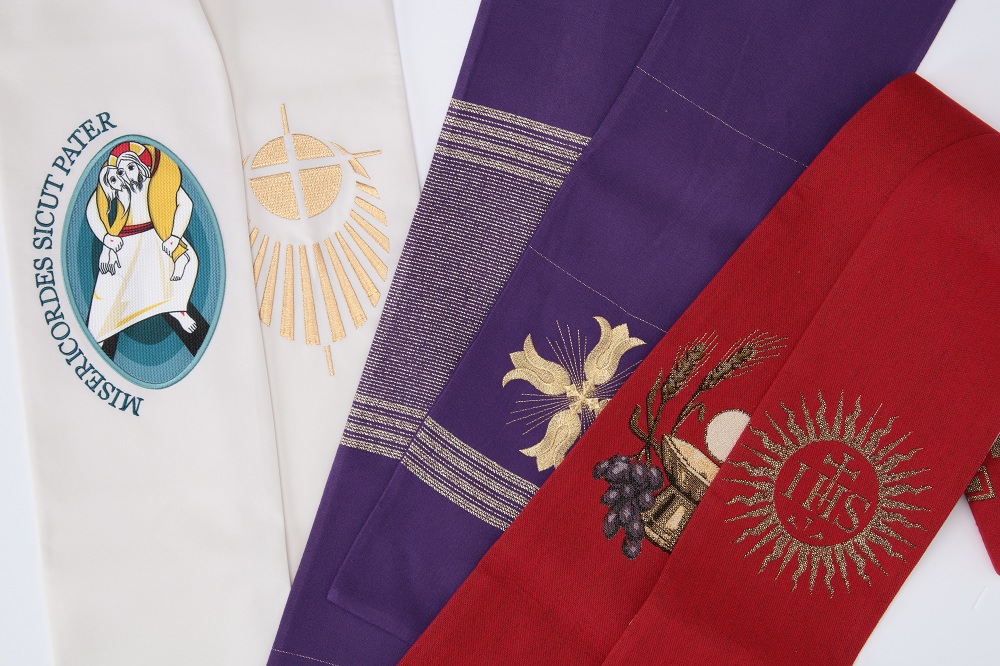

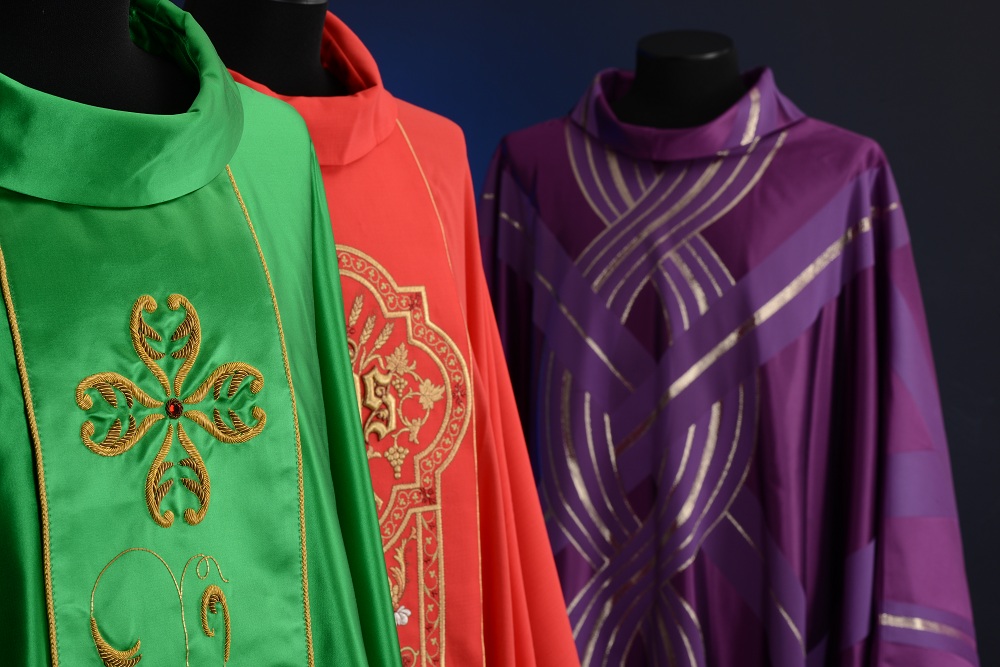
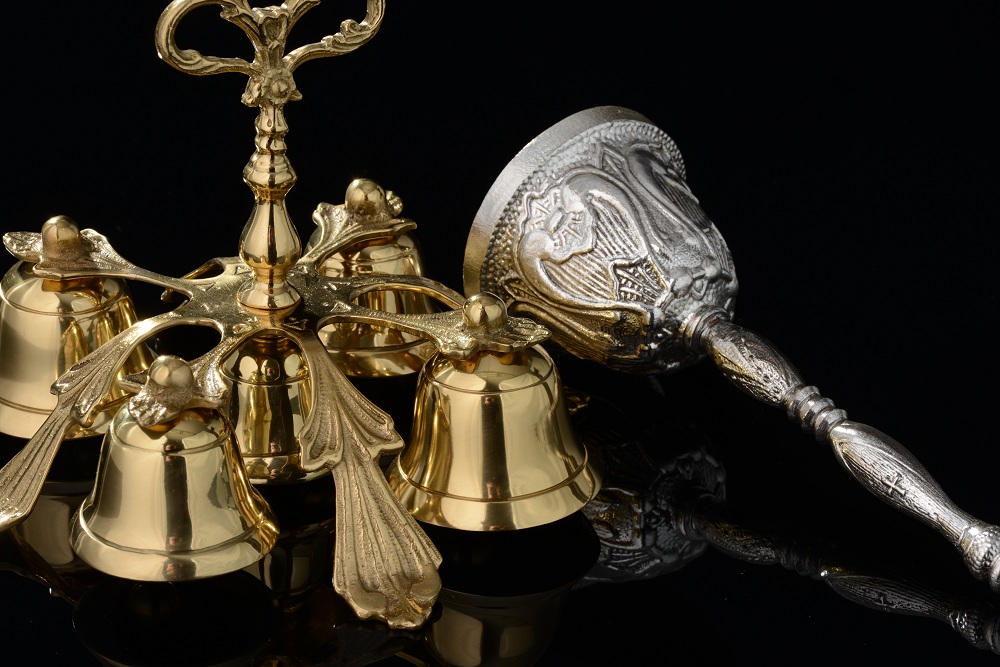
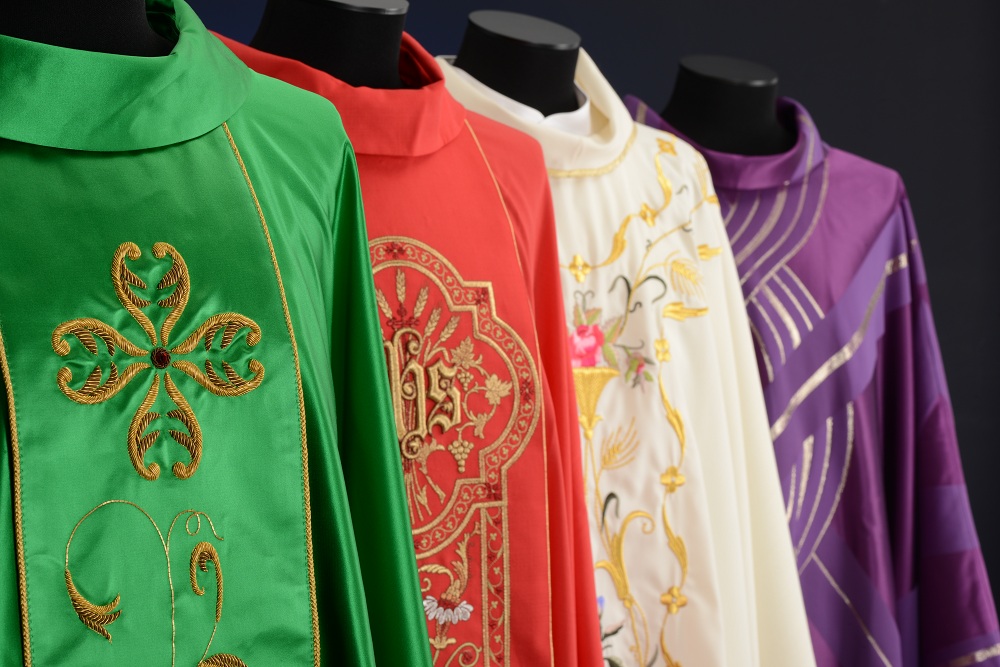
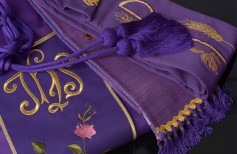











 19 March 2025
19 March 2025






